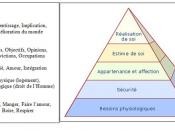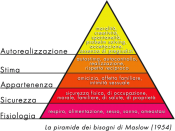All workers no matter what their job need motivation. Motivation is connected to job satisfaction in all organizations. There are many theories that managers can use in the motivation of workers in any organization. A manager must learn which theories work on their workers and how best to apply the motivations. Some of the most popular theories in use to this day in the organization that consist of sales people, production workers and administrative staff would best be motivated by Herzberg's Two-Factor Theory, Adams' Equity Theory, and Vroom's Expectancy Theory. We will explore how these theories work and how they can be applied to this organization.
A company called Acme Widgets produces widgets for a variety of uses. They sell widgets to automobile companies, airplane manufactures, professional sports teams and many other industries. Their company's organizational structure includes three basic types of employees. The have sales people who are responsible for selling the widgets to existing and emerging markets, they have production workers who are responsible for making the widgets at their five widget-making plants throughout the world, and they have administrative staff who are responsible for administration functions such as taking orders, processing payroll, and answering phones.
One of the primary reasons for Acme's success has been its sales force. Not only have they been able to meet their sales quotas over the past few years, they have also been able to sell into non-traditional markets such as sports teams. Much of their success is due to the way they have been motivated. For this group of people, Acme has focused on Herzberg's two-factor theory of motivation. Acme realized there were certain things that had negative and positive affects on a motivated sales group.
After studying Herzberg's theory, they realized they had to improve their salary and...


